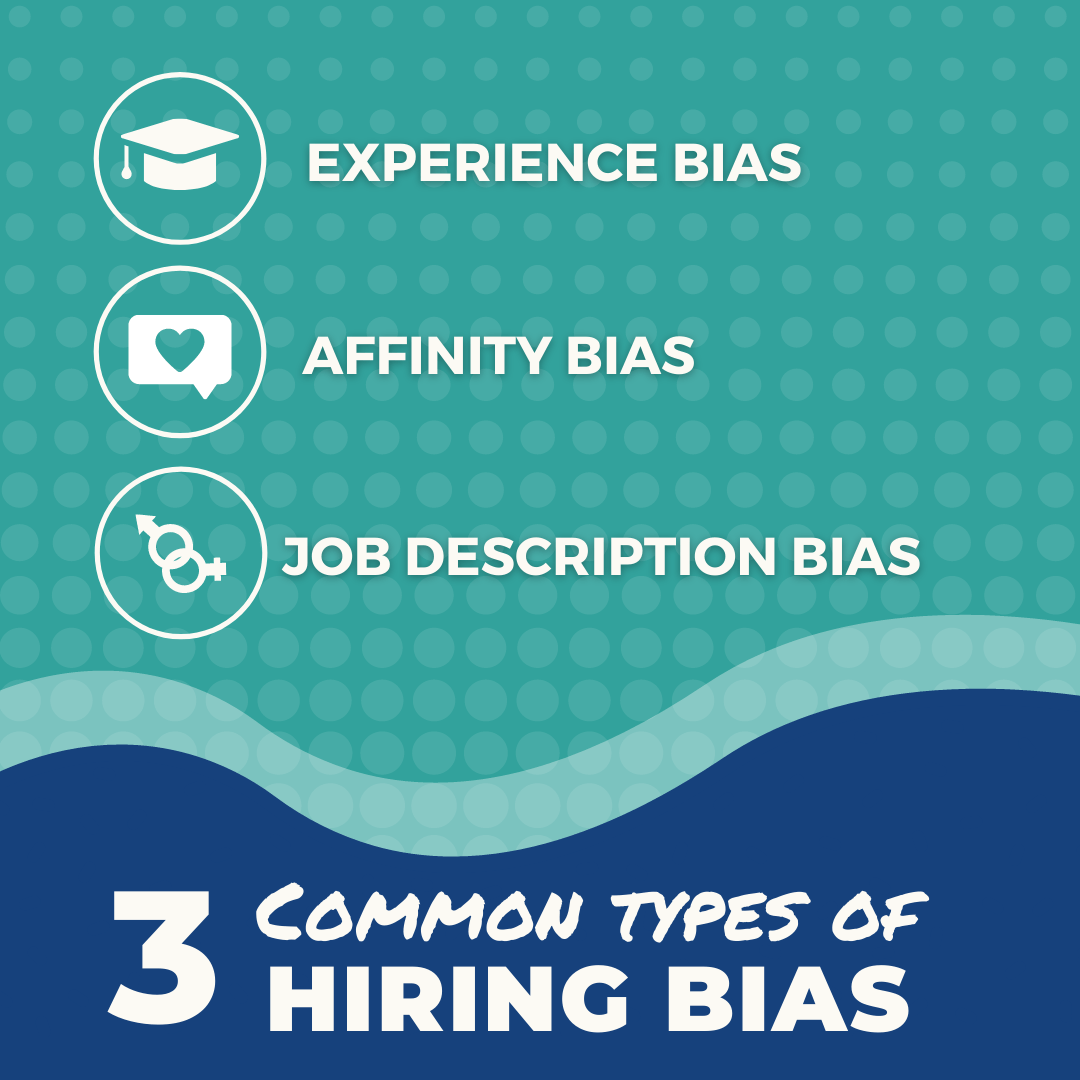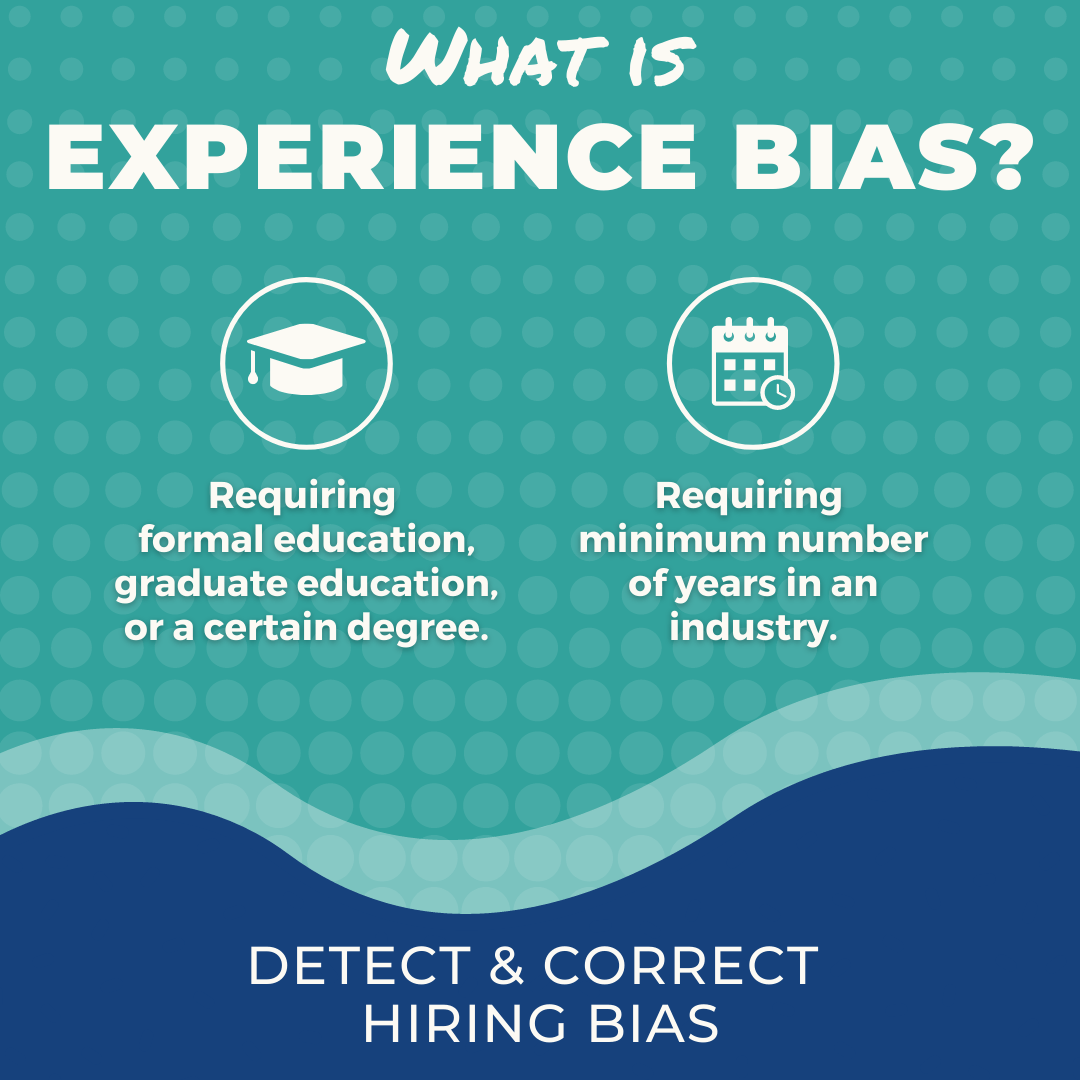Clean up your Job Descriptions + FREE Template
Job Descriptions are not Just for Recruiting
There are so many reasons to get serious about job descriptions — especially in the wake of COVID, which has altered how we work in terms of location, time, and process. Here’s why job descriptions matter; and how to give them a spring cleaning.
Here's why they're so important:
1. Job descriptions are structural building blocks.
Organizational structure determines how business activities are organized and directed. Structure is important - because it ultimately impacts how information flows across all levels within a company. To illustrate this, start by thinking of the functional departments inside of every large organization — Human Resources, IT, Marketing, Accounting, and so on. Now pick one of these departments, and zoom in on hierarchy. In each department, there are many roles. Each of these roles is reflected on a department org chart; and each has a specific job description. For example, in IT, you might have a CTO at the top; and reporting to her are the Director of Programming, and the Director of Technical Services. All three have unique job descriptions; and they each manage other people. They’re IT leaders managing employees who work in unison to accomplish strategic business objectives.
2. Job descriptions are necessary for professional development.
Job descriptions give a clear understanding of individual roles and responsibilities. They provide an objective framework for performance evaluation and accountability; and they shape a strategic learning curriculum when professional development is inherent in an organization’s culture. Professional development programs lead to career advancement, equity, internal mobility, happy employees —and therefore high retention. Employees understand what’s expected; they know how their performance is evaluated; and they’re empowered with resources to grow with the company.
3. Job descriptions increase productivity, efficiency and strategic alignment.
When a company is structured wholly, with accurate job descriptions for each role in each department, it’s possible to optimize operations interdepartmentally. Inefficiency happens when there’s a disconnect between functional departments; and there’s a lot at stake when the left hand doesn’t know what the right is doing. For example, to minimize risk, say there’s an IT employee designing database controls to protect private data. And —within the same organization, there’s a different employee, in a different department, storing private data in spreadsheets, and sharing it with an external vendor. In this scenario, both employees are doing their job; but there’s an operational and strategic disconnect that’s counter-productive.
Download our Job Description Template
Have an open position that you need to move fast on?
Quickly gather requirements with our job description template.
Ready for a clean up?
1. Start by analyzing the role.
Don’t rely on old job descriptions. Keep in mind that technology and strategic goals are always in flux, so perform an analysis every time there’s an opening. Use old descriptions as a starting point; and then investigate. Try these techniques for a new view:
- Get a “Day-in-the-Life” summary of the position: Spend the day with someone who is in the role, or transitioning out of the role. Skim their correspondence (with the proper security clearance), and review their appointment calendar, meeting schedule, and daily agenda to identify important business relationships, incoming requests, and everyday requirements.
- Get 360-degree feedback on the role: Gain perspective by asking around. (Pun intended!) If you’re filling a management position, what do direct reports think about this role? What’s the perspective of next-level managers? What does the executive team think? Ask questions that pertain to job function (tasks, responsibilities, skills, knowledge;) and ask for insight on how the role compliments overall business strategy.
- Identify the challenges and goals of the position: Compile a list of open and future-slated projects. Identify the performance metrics for the role; and find out how often performance is evaluated. Are there any specific challenges that are difficult to solve?
2. Structure your job description.
Design or adopt a standard template for job descriptions at your company. The key is to make it universal. It should work for every functional department, and every role within a department. For inspiration, check out this list of common components:
- Job Title?
- Department?
- Internal Job Grades? (exempt status, benefits eligibility, etc.)
- Reports To?
- About the team? (Culture, Mission, Strategy)
- About the role? (Strategic overview; how you’ll make an impact)
- What you’ll do? ( Specific list of job responsibilities, frequency, and performance metrics)
- Requirements? (Qualifications, experience, knowledge, skills, or certifications)
- Commitments? (Schedule, location, travel, physical & equipment requirements)
- Salary range?
- Benefits & perks of working here?
- How to apply?
- What’s the interview process?
Check out this curated advice.
Quirky job titles — Good, Bad, or Indifferent?
Around five years ago, quirky, out-of-the ordinary job titles were trending everywhere. It happened suddenly (and it was impossible to ignore.) The strategy makes a lot of sense. Quirky titles grab your attention and entice further reading on career sites. They’re a valiant attempt at marketing unique career opportunities, reaching more candidates; and they signal that the work environment is creative and fun. But it's important to note that this approach comes with some drawbacks. Quirky titles can be vague, which not only attracts the wrong candidates during hiring, but it also leads to confusion for new hires on the job, who may not fully understand the magnitude of their stand-out title. If you’re feeling doubtful, our advice is to create job titles that are clear and accurate.
Detect and Correct Bias
Watch out for unconscious bias and use an equity lens when analyzing requirements and writing job posts . Here’s three types to look out for:
- Experience Bias: Requiring formal education or a certain degree is an example of experience bias. Keep in mind that not all prospective employees have had access to graduate education, so it is worth evaluating comparable skillsets for the job, such as hands-on experience working in the community, or in a similar position. Instead of a specific experience level (minimum 10 years in the industry) ask yourself what skills are really required for the position. Are there opportunities to learn on the job?
- Affinity Bias: Affinity bias is the tendency for one person to relate to, advocate for, and hold a more favorable opinion of another because the two share similar characteristics or have a common bond. This gets tricky when companies hire based on subjective qualities; or place a strong emphasis on “cultural fit”. Steer clear of affinity bias by changing your conversations about company culture , and sticking to the screening questions and interview process.
- Job Description Bias: Pay attention to language when writing job descriptions and job postings, and weed out any terminology that could potentially alienate a certain gender or race. For example, posting that you’re “looking for salesmen” clearly implies a gender bias. Tools like
Textio use AI to help you create inclusive, gender-neutral job descriptions by identifying masculine words (eg. “ambitious” and “challenging”) and feminine words (eg. “collaborative” and “support.”) This is especially important for
diversity and inclusion strategies in industries that are traditionally male-dominated, such as tech and science.
Liven Up the Language on Job Posts
Transform job posts into more than a drab listing of requirements pulled from the job description. View them as an opportunity to strengthen your employer brand and inspire the right candidates to take action and apply.
- Remove redundancy by scrapping long company descriptions. Candidates can get all the information they need about your company and culture on your careers page; and on job sites like LinkedIn and Indeed. Describe specifics about the role and the team instead.
- Be conversational and clear. Remember that you’re appealing to people, so use language that’s relatable, professional, and free of company jargon and corporate buzzwords. Read it out loud: if you wouldn’t say the words, don’t use them.
- Use well structured sections with creative headings, (instead of ‘ Responsibilities, ’ try ‘ You’re great at, ’) and use bulleted lists instead of paragraphs.
- Replace ‘the ideal candidate’ with ‘you.’ Be direct and personal so that top candidates think, “Yes! That’s me.”
- For more tips on writing job posts, plus excellent examples, check out this LinkedIn article and these tips from Workable.
Elevate your strategy with Nielsen Associates.
Our recruiters are industry experts. We identify and evaluate unique qualities & specific requirements for success in any
Marketing ,
HR,
Supply Chain,
Leadership,
Technology, or
Financial role.
Request a free consultation with a recruiter to learn more about our range of services.
















